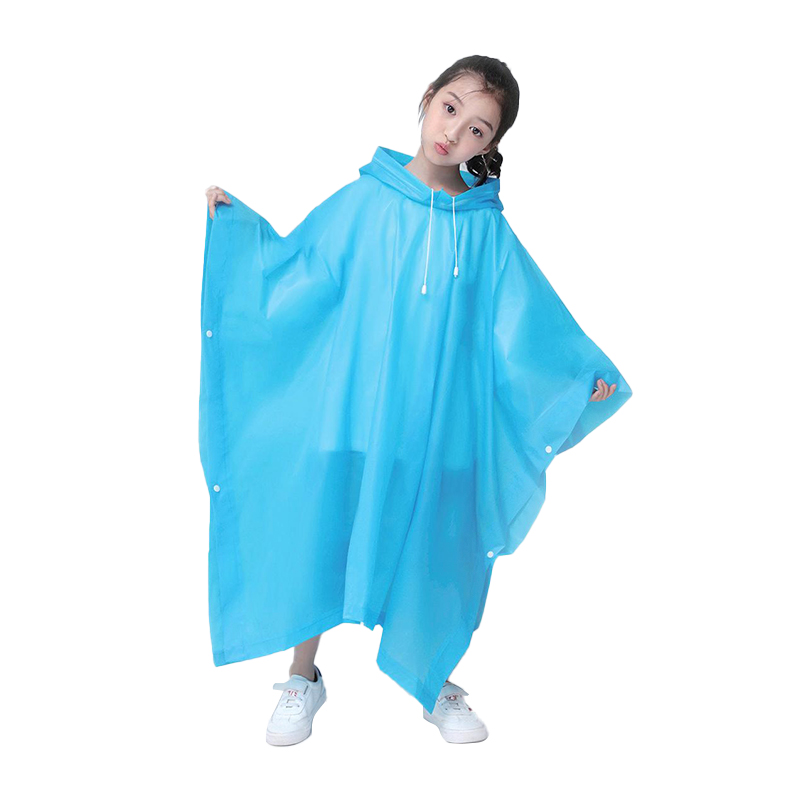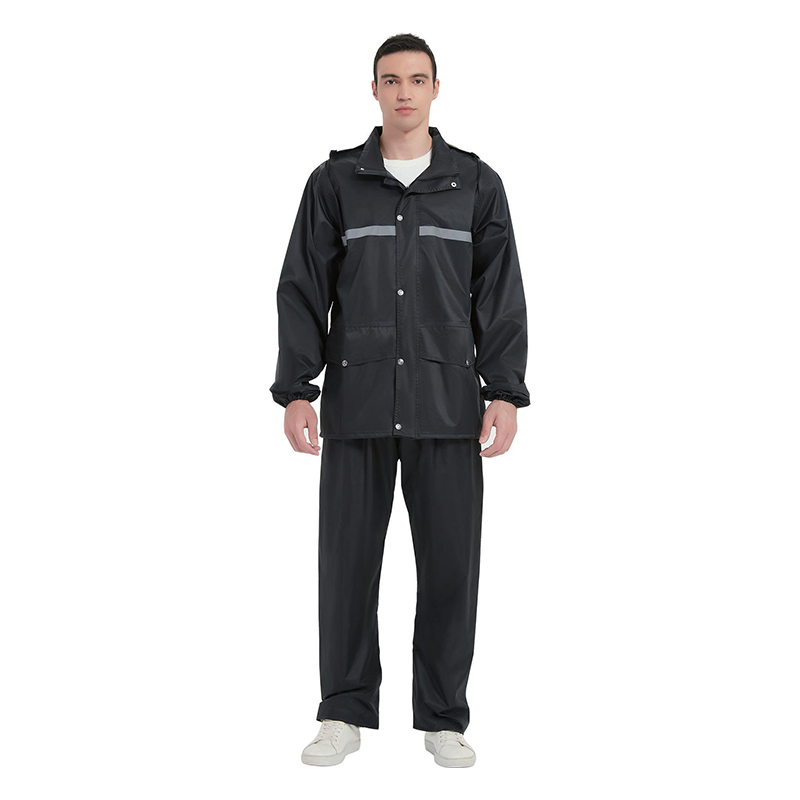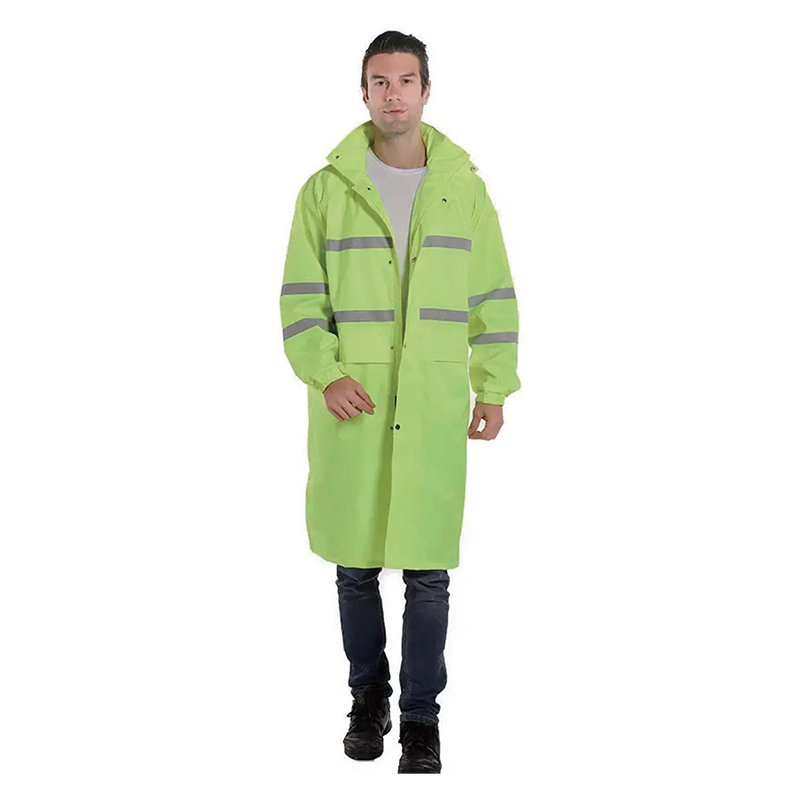Size and Adjustability: Safety vests should be offered in a wide range of sizes, from small to extra-large and beyond, to accommodate different body shapes and sizes. This inclusivity ensures that every worker can find a vest that fits them properly. Adjustable features, such as Velcro straps, elastic sides, or adjustable buckles, are critical. These features allow for a personalized fit, ensuring the vest stays in place without being too tight or too loose. An adjustable fit is especially important for workers who may need to layer clothing underneath the vest in colder weather.
Coverage: Comprehensive coverage is vital for visibility. The vest should cover the entire torso, including the front, back, and sides, and extend over the shoulders. This ensures that reflective materials are visible from all directions. The design should prevent any part of the vest from being obscured by other clothing or equipment, ensuring maximum visibility. Full coverage also means that the vest can protect the upper body from minor abrasions or environmental factors.
Freedom of Movement: The design of the safety vest must facilitate unrestricted movement. Workers often need to perform tasks that require reaching, bending, and lifting. Therefore, the vest should have strategically placed armholes and an ergonomic cut that allows for a full range of motion. Features such as gusseted sides or stretchy panels can enhance flexibility. Ensuring freedom of movement is critical to prevent fatigue and discomfort, which can reduce a worker’s efficiency and safety.
Length: The length of the safety vest should strike a balance between adequate coverage and freedom of movement. It should cover the upper torso, ideally extending to the hip or slightly below. However, it should not be so long that it restricts movement or gets caught in machinery. The vest should stay in place during physical activity without riding up or shifting. A well-designed vest will have a tailored fit that aligns with the natural contours of the body.
Visibility of Reflective Materials: Reflective materials should be strategically placed to maximize visibility in various lighting conditions. Common configurations include horizontal bands around the waist, vertical stripes over the shoulders, and additional horizontal bands on the chest and back. These reflective strips should be wide enough to catch and reflect light effectively. The quality of the reflective material is also important; it should be durable and maintain its reflective properties even after repeated washes and exposure to the elements.
Comfort: Comfort is paramount for ensuring that workers wear the safety vest consistently. The vest should be made from lightweight, breathable materials that allow for air circulation, reducing the risk of overheating. Mesh fabrics can be particularly effective in enhancing breathability. The vest should also be soft and smooth against the skin to prevent chafing and irritation. Features such as padded shoulders or moisture-wicking linings can add to the comfort, especially during long shifts.









